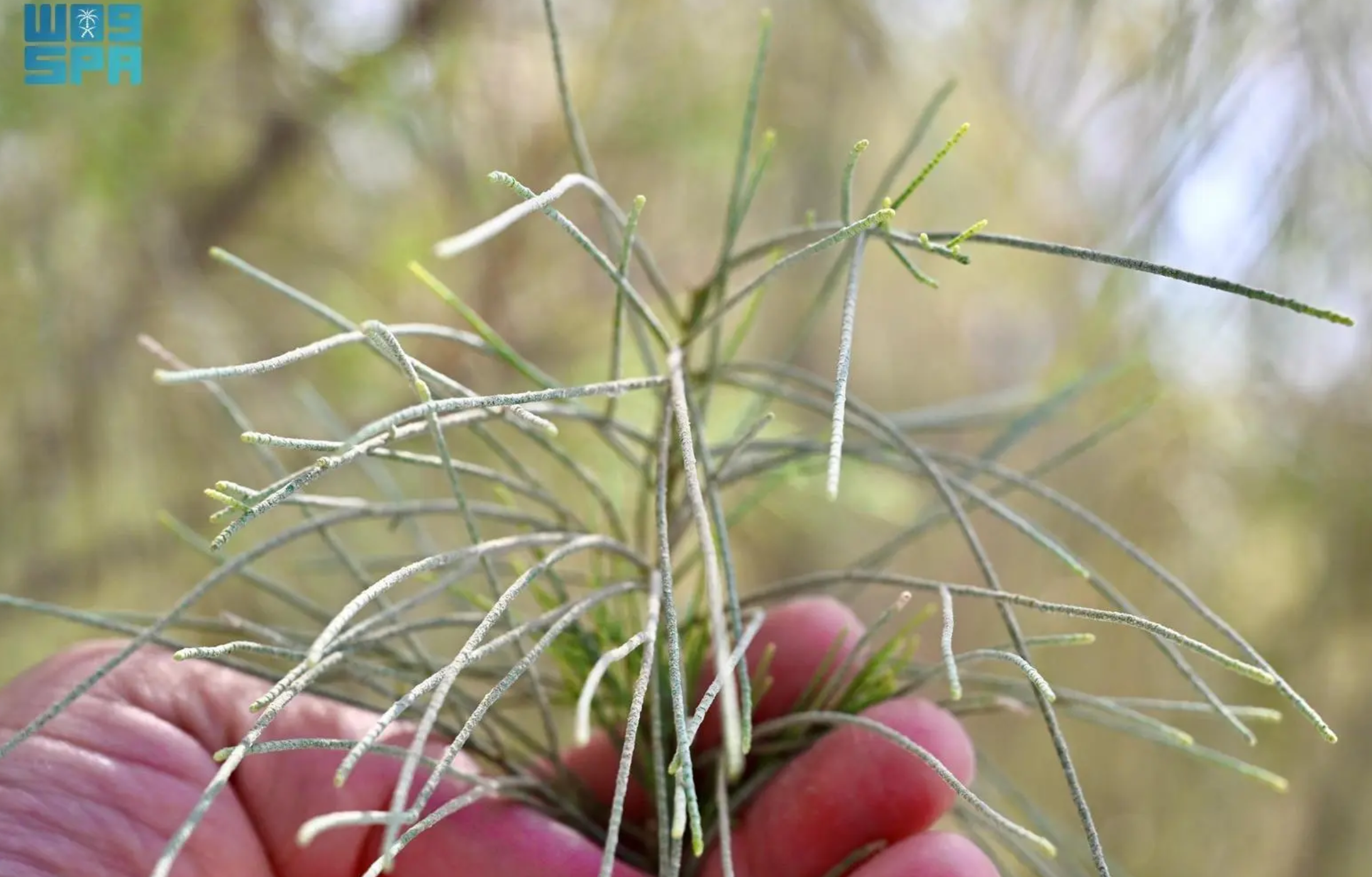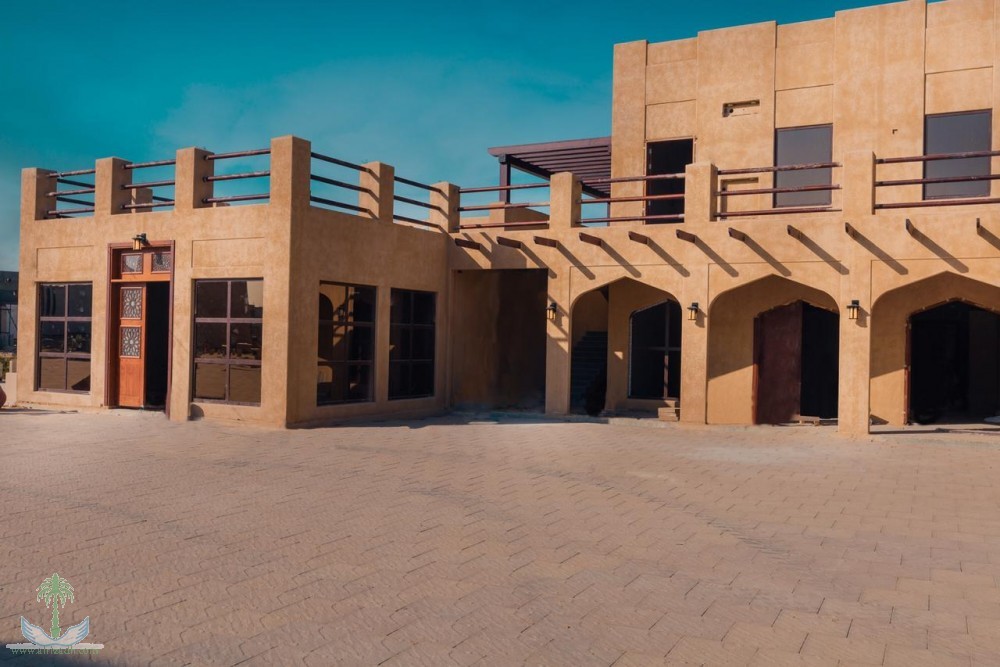
Tamarisk: Resilient Heritage Tree Combats Desertification in Saudi Arabia
The tamarisk tree has long been vital to the Arabian Peninsula and the Kingdom, playing key economic, social, agricultural, and geographical roles in ancient society.
It is renowned as one of the most resilient local trees, capable of withstanding harsh conditions, resisting drought, and tolerating salty soil. The tamarisk is crucial in combating desertification, functioning as a windbreak and helping to stabilize the soil. Its rapid growth and the beauty of its drooping branches also make it an ideal choice for farms and gardens.
Fahd Al-Sawaji, a local desert plant enthusiast, noted the tree’s extensive social uses in ancient times, including the manufacture of plowing tools and equipment for drawing water from wells. Its wood was also used to make roofs and doors for houses, as well as for leather tanning.
The Ministry of Environment, Water and Agriculture is making significant efforts to develop vegetation cover and protect the environment by planting millions of trees, launching awareness campaigns, and enacting laws and regulations. The ministry is also establishing specialized centers to combat desertification, enhance biodiversity, reduce pollution, and encourage sustainable practices to preserve the environment.








